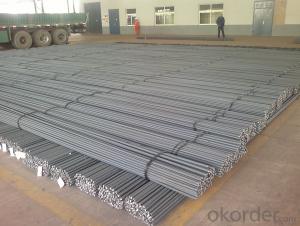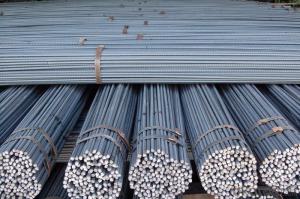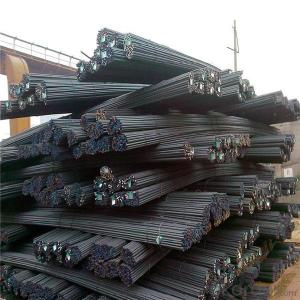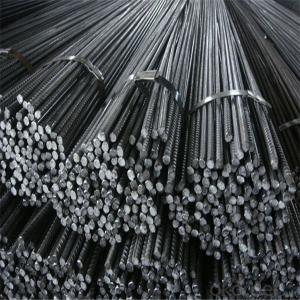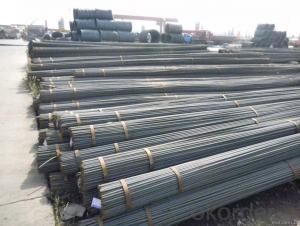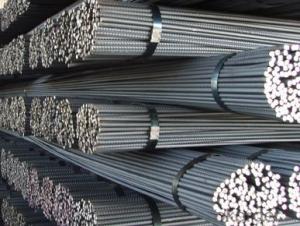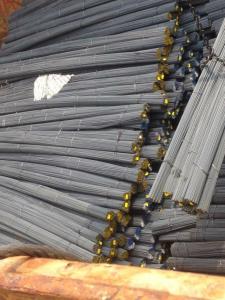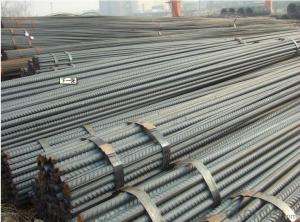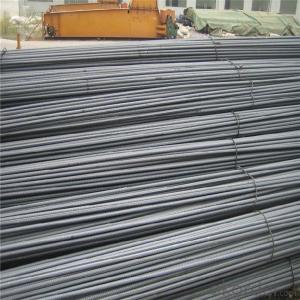All Categories
- - Steel Wire Rod
- - Steel Coils
- - Steel Profiles
- - Steel Pipes
- - Stainless Steel
- - Tinplate
- - Special Steel
- - Steel Sheets
- - Steel Rebars
- - Steel Strips
- - Hot Rolled Steel
- - Cold Rolled Steel
- - Pre-painted Steel
- - Seamless Steel Pipe
- - Welded Steel Pipe
- - Hollow Steel Tubes
- - Galvanized Pipe
- - Stainless Steel Coil
- - Stainless Steel Sheet
- - Stainless Steel Plate
- - Stainless Steel Strips
- - Electrolytic Tinplate Coil
- - Electrolytic Tinplate Sheet
- - Stainless Steel Rebars
- - Solar Panels
- - Solar Water Heater
- - Solar Related Products
- - Solar Inverter
- - Solar Cells
- - Solar Light
- - Solar Energy Systems
- - Solar Controllers
- - Solar Mounting System
- - Solar Pump
- - Solar Chargers
- - Fiberglass Chopped Strand
- - Fiberglass Mesh Cloth
- - Composite Pipes
- - FRP Pultrusion Profiles
- - Fiberglass Mat Tissue
- - Fiberglass Fabrics
- - Fiberglass Mesh
- - Composite Tank
- - Fiberglass Mesh tape
- - Polymer
- - FRP Roofing Panel
- - Fiberglass Roving
- - Monolithic Refractories
- - Ceramic Fiber Products
- - Refractory Bricks
- - Raw Materials For Refractory
- - Suspended Platform
- - Cranes
- - Concrete Machinery
- - Earthmoving Machinery
- - Building Hoist
- - Road Building Machinery
- - Plastic Pipe Fittings
- - Plastic Tubes
- - Plastic Sheets
- - Agricultural Plastic Products
- - Plastic Nets
 All Categories
All Categories
Q & A
How does the proximity of construction sites to sensitive environments affect the choice of steel rebars and construction practices?
The proximity of construction sites to sensitive environments influences the choice of steel rebars and construction practices in several ways. Firstly, it necessitates the use of environmentally friendly and sustainable construction materials and techniques to minimize any potential negative impacts on the sensitive environment. This may include selecting steel rebars that have a low carbon footprint and are sourced from sustainable suppliers.
Additionally, construction practices need to be modified to reduce noise, dust, and other potentially harmful emissions that could adversely affect the sensitive environment. This may involve implementing stricter controls and monitoring systems to ensure compliance with environmental regulations and standards.
Furthermore, the proximity of construction sites to sensitive environments may require the use of additional protective measures such as erosion control measures, sedimentation ponds, or barriers to prevent soil erosion and water pollution. These measures aim to safeguard the sensitive environment from any potential contamination or disruption caused by construction activities.
Ultimately, the choice of steel rebars and construction practices in close proximity to sensitive environments is guided by the goal of minimizing environmental impacts and ensuring the preservation and protection of these fragile ecosystems.
What are the potential safety hazards associated with handling steel rebars on construction sites?
Some potential safety hazards associated with handling steel rebars on construction sites include cuts and puncture wounds from sharp edges, strains and sprains from lifting heavy rebars, tripping and falling over improperly stored or stacked rebars, electrical hazards if rebars come into contact with power lines, and the risk of impalement if rebars are not securely anchored in the ground.
How do you calculate the quantity of steel rebars required for the reinforcement of a large concrete retaining wall?
To calculate the quantity of steel rebars required for the reinforcement of a large concrete retaining wall, several factors need to be considered. Firstly, the design and dimensions of the retaining wall need to be determined, including its height, length, and thickness.
Next, the engineer or designer needs to establish the required spacing between rebars, which is typically specified in the design or construction standards. The spacing will depend on the type and size of the rebars, as well as the structural requirements of the wall.
Once the spacing is determined, it is multiplied by the total length of the retaining wall to calculate the number of rebars needed horizontally. Similarly, the height of the wall is divided by the vertical spacing to determine the number of rebars required vertically.
In addition to these calculations, it is important to account for any additional reinforcing needed at critical sections such as corners, openings, or areas with higher stress concentrations.
Overall, the calculation of steel rebars for a retaining wall involves careful consideration of the design parameters, spacing requirements, and any additional reinforcing needs to ensure the structural integrity and stability of the wall.
What is the primary role of steel rebars in reinforced concrete structures?
The primary role of steel rebars in reinforced concrete structures is to provide tensile strength and enhance the overall structural integrity of the concrete.
Wholesale Steel Rebars from supplier in Albania
We are a Steel Rebars supplier serving the Albania, mainly engaged in the sale, quotation, and technical support services of various Steel Rebars products in the Albania region. We are a subsidiary platform of the Fortune Global 500 company CNBM, able to provide you with one-stop Steel Rebars procurement services in the Albania. Not only do we have a wide range of Steel Rebars products, but after years of market development in the Albania, we can also provide valuable experience for your projects.



